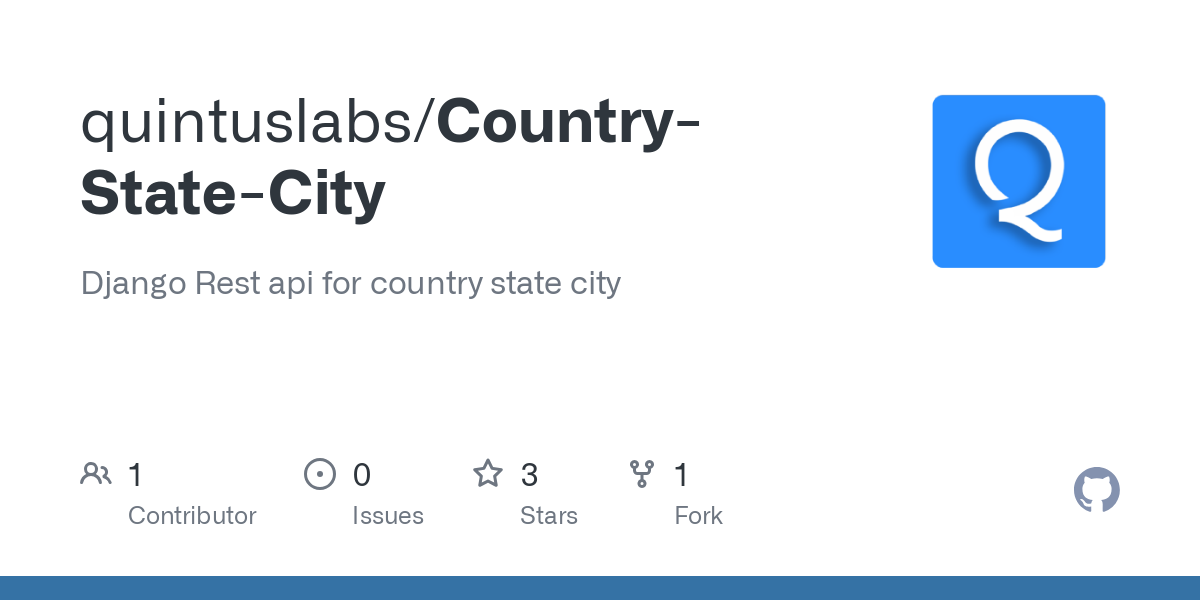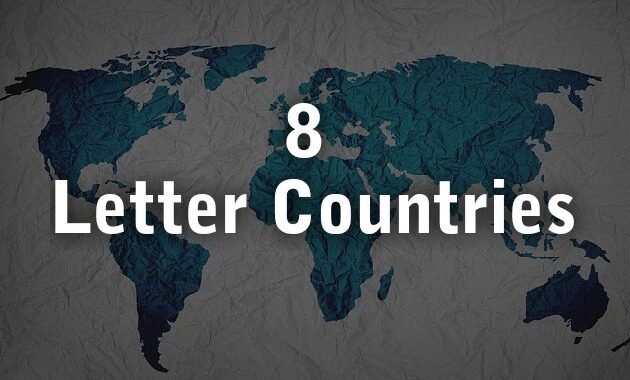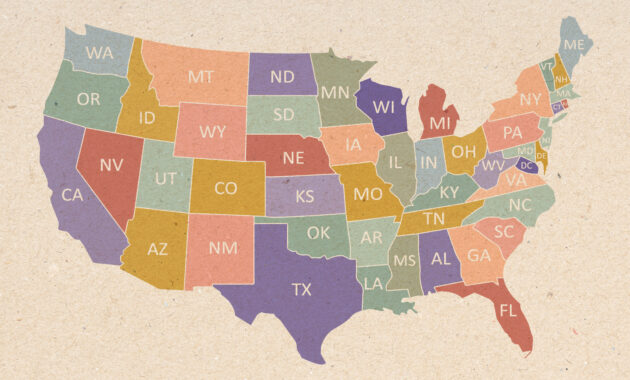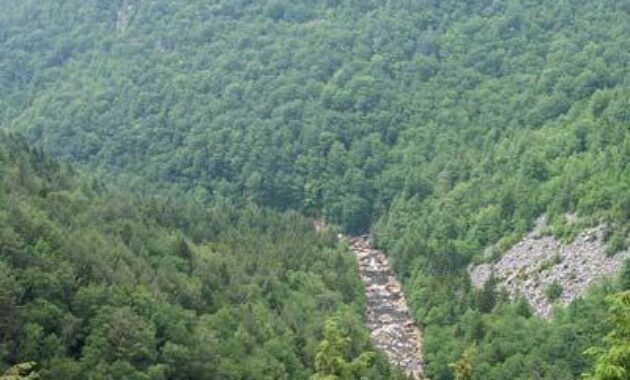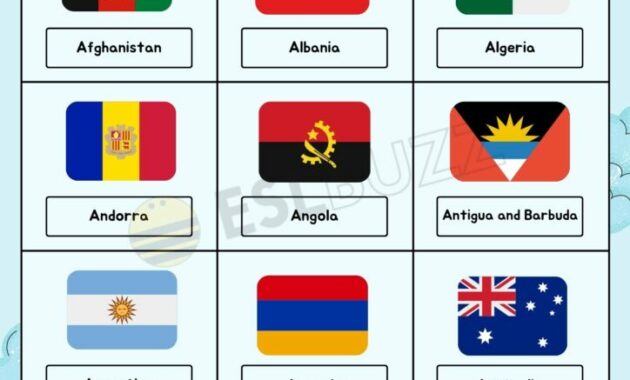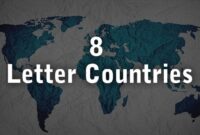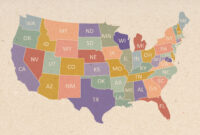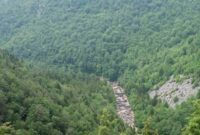Alright, let’s talk geography. Not in a dry, textbook kind of way, but in a way that actually makes you think about the layers of where we live. You know, city, state (or province, depending on where you are), country, and then the whole sprawling continent thing. It’s easy to take it all for granted, to just know you live in, say, New York City, USA, North America, and not really think about how each of those levels connects and influences the others.
City, State, Country, Continent: The Foundation

Take your city, for example. It’s more than just a collection of buildings and people. It has its own unique culture, its own rhythm. The architecture, the local slang, the types of businesses that thrive – all these things contribute to the city’s identity. But that identity is also shaped by the state it resides in. State laws, economic policies, and even the general attitude of the people in that state inevitably trickle down and influence the city. Think of Austin, Texas, versus Portland, Oregon. Both are relatively large cities, but they couldn’t be more different, in large part because of the states they call home. One embodies the independent spirit of Texas, the other the progressive ethos of the Pacific Northwest. The state sets the stage, in a way, providing the backdrop against which the city’s story unfolds.
Then we get to the country level. This is where things get even more complex. A country defines a nation, often with shared history, language, and, ideally, values. National policies impact everything from trade and immigration to healthcare and education. The country’s reputation on the world stage affects its citizens, both at home and abroad. Think about traveling as an American versus traveling as, say, a Canadian. While both are generally well-received, there are subtle differences in how people perceive you, based solely on your passport. A country’s foreign policy and cultural exports contribute to its global image, influencing everything from tourism to international business. The country is the overarching umbrella, providing a framework of laws, regulations, and societal norms within which the states and cities operate.
And finally, the continent. This is the broadest category, and sometimes it can feel a bit abstract. But even at this level, there are subtle influences. Think of the differences between North America and Europe. While both are considered “Western” societies, they have vastly different histories, cultures, and approaches to life. The geographical location of a continent influences its climate, natural resources, and even the types of crops that can be grown. These factors, in turn, impact the economic activities and the lifestyles of the people who live there. Continents also often have shared historical experiences, like colonization or large-scale migrations, that have shaped their cultural landscapes. The continent provides a broad geographical and historical context for understanding the unique characteristics of the countries within it.
The Interconnected Web
But here’s the key: none of these levels exist in isolation. They are all interconnected, constantly influencing and shaping each other. A decision made at the national level can have profound impacts on a local community. A cultural trend that starts in a city can spread across the state, the country, and even the continent. Globalization has further blurred the lines, making it easier than ever for ideas, goods, and people to move across borders. The rise of the internet, for example, has allowed people to connect with others from all over the world, regardless of their location. This has led to a greater exchange of ideas and cultures, but also to new challenges, such as the spread of misinformation and the erosion of local identities.
Consider the concept of “local food.” It’s a movement that encourages people to buy food from farmers in their own community, rather than relying on imported goods from other countries. This movement is driven by a desire to support local economies, reduce the environmental impact of transportation, and promote healthier eating habits. But it also reflects a deeper understanding of the interconnectedness of the city, state, country, and continent. By supporting local farmers, people are not only benefiting their own community, but also contributing to the overall sustainability of the region.
The same can be said for environmental issues. Climate change, for example, is a global problem that requires global solutions. But the impacts of climate change are felt most acutely at the local level, in the form of more frequent and intense heatwaves, droughts, and floods. Addressing climate change requires a coordinated effort from cities, states, countries, and continents. It requires individuals to make changes in their own lives, businesses to adopt more sustainable practices, and governments to implement policies that promote clean energy and reduce emissions. The challenges are immense, but so is the potential for positive change.
Understanding the relationship between city, state, country, and continent is essential for navigating the complexities of the modern world. It allows us to appreciate the unique characteristics of our own communities, while also recognizing the interconnectedness of all places. It encourages us to think critically about the policies and decisions that shape our lives, and to engage in meaningful dialogue about the future we want to create. It’s a framework for understanding not just *where* we are, but *how* we got here, and where we might be going.
So, the next time you’re walking down the street in your city, take a moment to think about the layers of influence that have shaped it. Consider the state laws that govern its businesses, the national policies that impact its economy, and the continental history that has shaped its culture. It’s a fascinating and complex web, and the more we understand it, the better equipped we will be to navigate it.
If you are searching about Free city state country continent worksheet, Download Free city state you’ve visit to the right web. We have 5 Pics about Free city state country continent worksheet, Download Free city state like country-state-city · GitHub Topics · GitHub, City, State, Country Diagram | Quizlet and also GitHub – quintuslabs/Country-State-City: Django Rest api for country. Here it is:
Free City State Country Continent Worksheet, Download Free City State

worksheets.clipart-library.com
Country-state-city · GitHub Topics · GitHub
github.com
City, State, Country Diagram | Quizlet

quizlet.com
GitHub – Kia1349/Country-State-City-1: Dynamic Load Of Country, State
github.com
GitHub – Quintuslabs/Country-State-City: Django Rest Api For Country
github.com
Country-state-city · github topics · github. Free city state country continent worksheet, download free city state. City, state, country diagram

